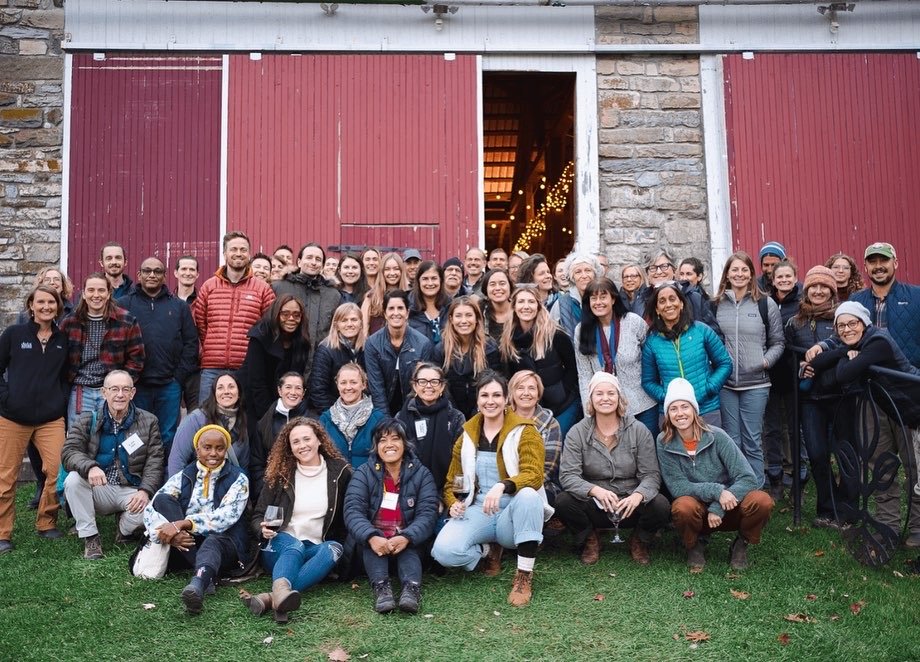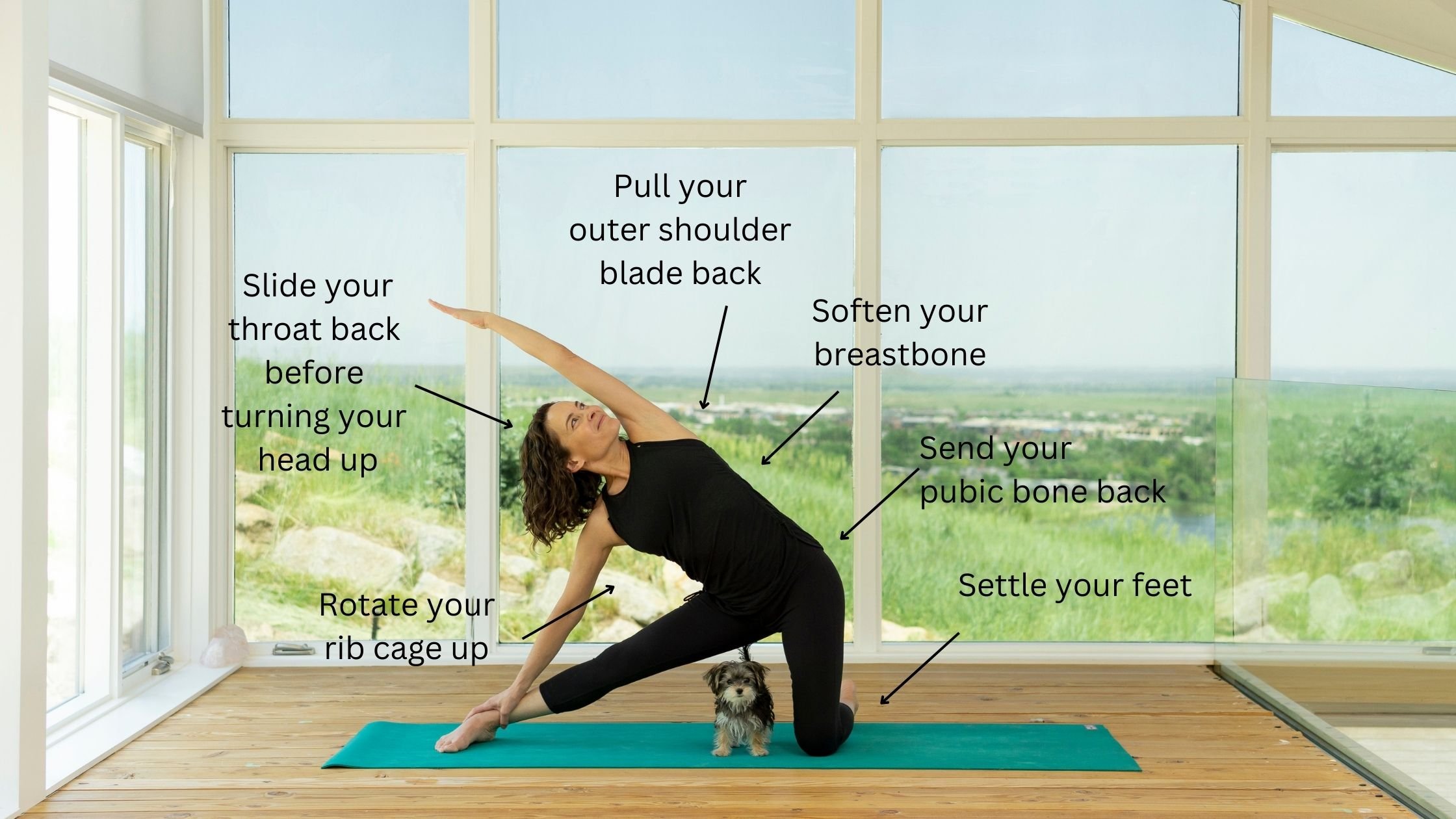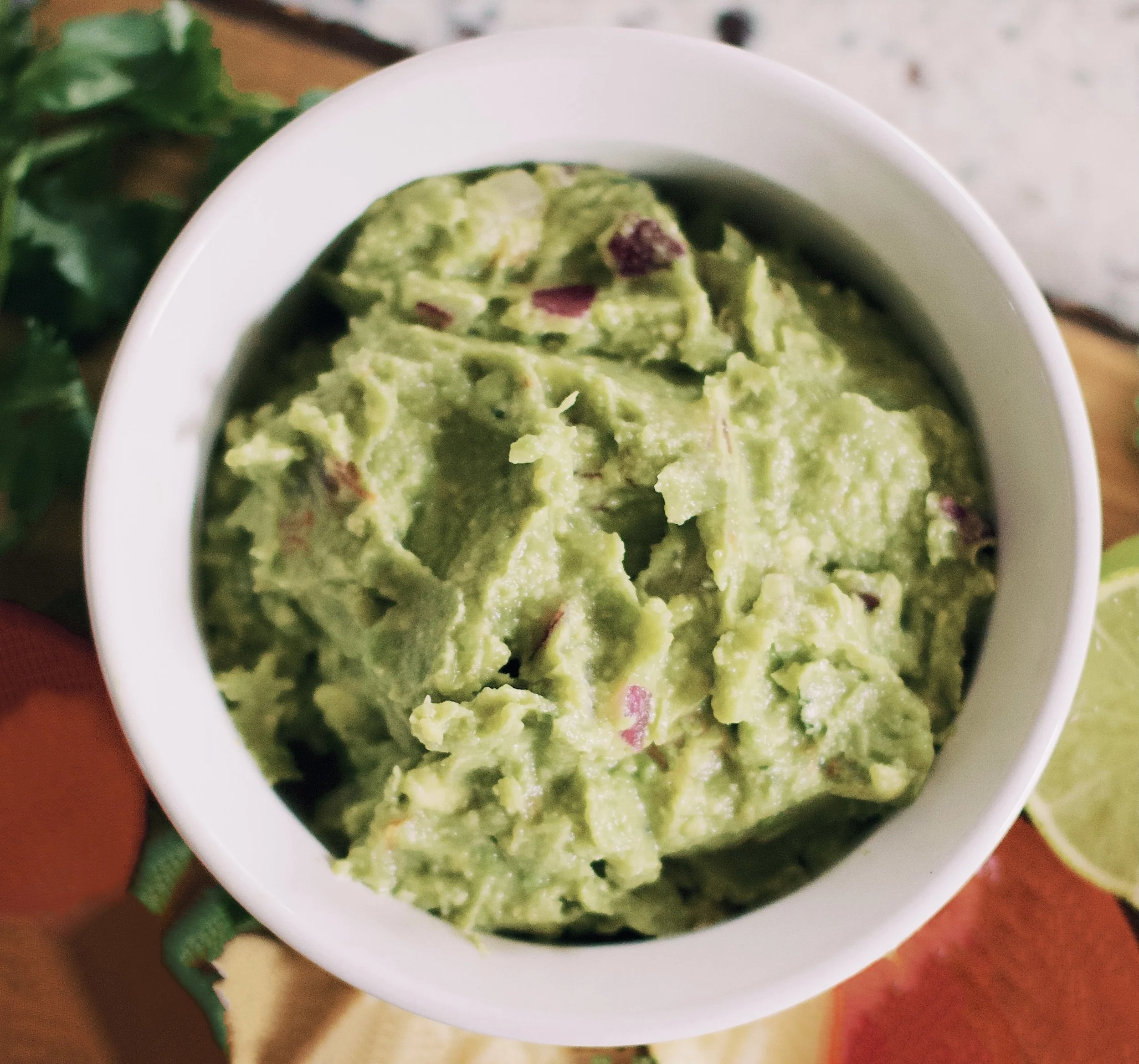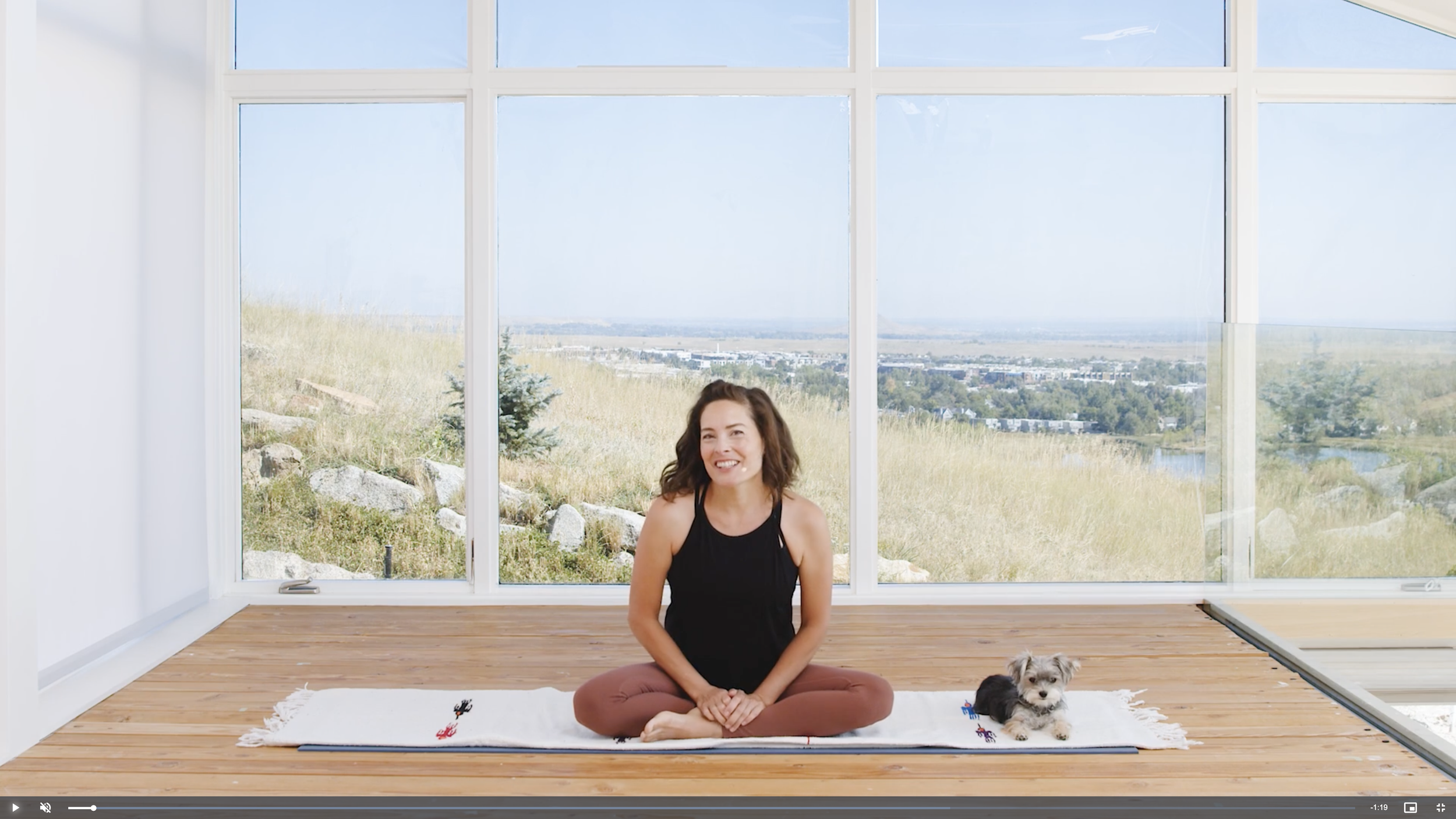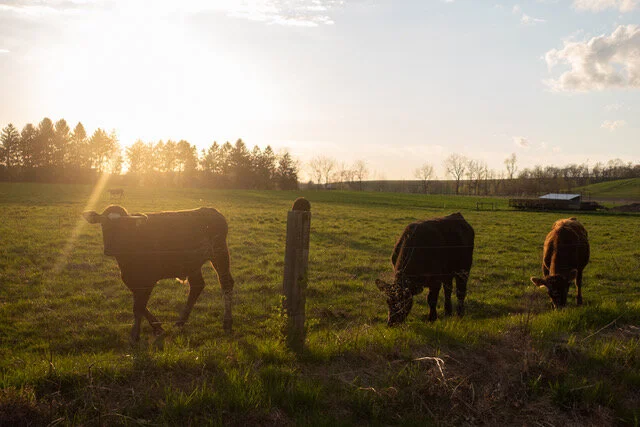It’s not often the yoga teacher gets to be on the mat as a student, right?
So picture this: me, post-pandemic, finally treating myself to a yoga retreat in the wilds of Montana!
But wow - the insights I gained while digitally detoxing and being on the mat for five hours a day dramatically shifted my perspective — on life, on yoga, on aging, and on how to navigate these complex times.
Here are some of the retreat gems I took away:
1. Aging, Symmetry, and the Importance of Darshan
One of the blessings of age is the passage of time and all the stories and memories you get to collect. But with that, comes years of off-kilter physical patterning —— definitely not as cool.
All those decades standing in the kitchen with your weight shifted wonkily to one side, sleeping with the same knee hiked up near your hip, or holding a baby on one side can take their toll.
In my case, withdrawal from human interaction (and from a good yoga teacher) only furthered my asymmetries since no one was observing and telling me I was a little askew. (Well, Taro did, but I didn’t listen, because you know, family).
A few weeks into the pandemic, I knew something wasn’t right with my sacrum. The ache persisted when I couldn’t see my body workers, yoga made it worse, and the pattern really set in.
Can anyone relate?
At the retreat I asked to be looked at, and my gracious and skilled teacher, Judith Hanson Lasater thankfully obliged, insisting everyone else would learn from my question.
It was powerful to be seen as an individual, not just a screen name on Zoom, and in a matter of minutes, she identified my asymmetries and opened a road toward symmetry again. I just needed a qualified pro to look at me in real life, you know?
With knowledge and tools, now I could practice yoga asymmetrically to find symmetry, and for the first time in three years, my yoga practice didn’t further irritate my back.
The insight? Online yoga is a great blessing, but it’s paramount that we have darshan, which in Sanskrit means “to see” and “be seen.” It’s essential that we see our teachers and our community in person, and in turn be seen by our teachers and our friends if we are to grow, heal, and truly flourish.
2. The Beauty of Consistency in Your Yoga Practice
Immersing in hours of daily practice, with each new day my body started to expect the practice and look forward to the long Restorative savasanas.
As the retreat came to an end and I returned home, that craving to get on the mat persisted.
The retreat did more than broaden my practice; it wove yoga much more into the fabric of my day-to-day. Now even if I practice just 5 or 10 minutes, it’s the consistency that I patterned in from the retreat that’s been key.
The insight? If you're seeking a reset or a vibrant kickstart for your practice, a yoga retreat is more than a vacation – it's a game-changing exploration that can re-anchor yoga as an essential part of your life.
3. Disconnect to Reconnect: The Power of Digital Detox
When I arrived, I knew I’d already be investing many hours a day practicing yoga and sharing meals engaged in compelling conversations with my fellow students, so if there ever was a golden opportune time for me to ditch my phone, it was now!
Almost instantly, the compulsion to reflexively check my phone vanished!
Without the dopamine hits from scrolling, suddenly mundane moments like brushing my teeth became ecstatic (the minty fresh taste, the smooth clean teeth!) and I found myself sighing with relaxation frequently throughout the day.
The insight? Going on a yoga retreat can be the ultimate catalyst to break free from the clutches of the internet! A digital detox gives you the chance to cultivate a deep connection to yourself, your natural surroundings, and the present moment, leaving you rejuvenated and newly inspired.
4. Interdependence - We’re Going to Need Each Other
The beauty of yoga is that it invites us to explore the every day things in life as much as the more aspirational. For instance, you can work on the everyday things like cultivating empathy for others, patience, compassion, or self-acceptance. Concurrently, your yoga could inspire you to ask more visionary questions like “who am I?” “What do I want?” “Who do I want to be?” or “What is my dream?”
Before this retreat I sometimes thought about these two aspects of learning yoga as hierarchical - like you did the small stuff as a beginner yogin, and then you got to the big stuff.
Right now, with the planet on fire and under water, it's pretty clear that we need to stick together. And honestly, it's the small stuff that really counts. Taking responsibility for our own energy, being patient, showing kindness and empathy, having presence, and being sensitive can help us be more harmonious in the face of challenge.
The insight? Yoga, as we know, is the secret sauce for bringing about more personal ease and presence. The less aspirational, but vitally important every day life skills we cultivate through yoga will increasingly be in demand . As we weave a resilient fabric of solidarity and cooperation to guide us through the trials that lie ahead, yoga retreats are the perfect training camp.
Whether you're seeking much needed symmetry in your body, consistency in your yoga practice, the liberation of virtually unplugging, or a way forward through the hurdles coming our way, these retreat gems hold the promise of a much needed shift in perspective.
I encourage you to go forth and retreat!









